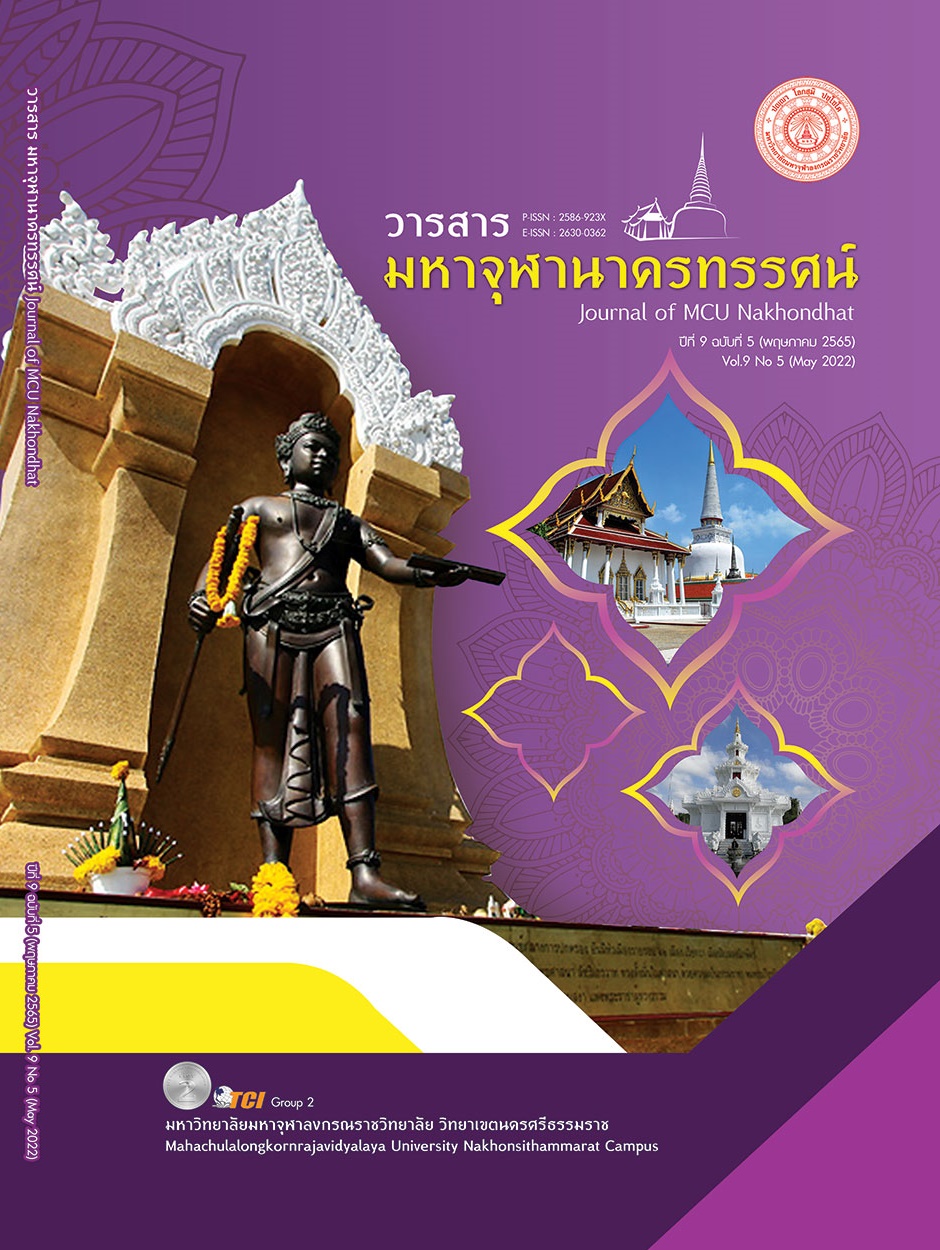A COMPARISON OF MATHEMATICS ACHIEVEMENT AND PROBLEM SOLVING ABILITY ON CONIC SECTIONS OF MATHAYOMSUKSA IV STUDENTS FROM SRINAKHARINWIROT UNIVERSITY PRASARNMIT DEMONSTRATION SCHOOL (SECONDARY) BY USING ACTIVE LEARNING AND THE CONVENTIONAL METHOD
Main Article Content
Abstract
The purposes of this study were: 1) to compare mathematics learning achievement and mathematics problem solving abilities on conic section of Mathayomsuksa 4 students from Srinakharinwirot University Prasarnmit Demonstration School (Secondary) by learning through active learning and the conventional method; 2) to compare mathematics learning achievement and mathematics problem solving abilities on conic section of Mathayomsuksa 4 students from Srinakharinwirot University Prasarnmit Demonstration School (Secondary) before and after learning through active learning. The research was a quasi–experimental design (control group pretest-posttest design). The sample of this study included 74 of Mathayomsuksa 4 students from 2 classes in the first semester of 2020 academic year. They were selected to take part in the experiment as the control group and the experimental group through cluster random sampling. The duration of the research was 18 periods. The instruments employed in the study consisted of the lesson plans of active learning, the lesson plans of conventional method, mathematics learning achievement test, and mathematics problem solving abilities test. The data were statistically analyzed using mean, standard deviation, a t-test for independent samples, and a t-test for dependent samples. The findings of this study were as follows: 1) mathematics learning achievement and mathematics problem solving abilities on conic section of Mathayomsuksa 4 students after learning through active learning were higher than the conventional method statistically significant at a level of .01. 2) mathematics learning achievement and mathematics problem solving abilities on conic section of Mathayomsuksa 4 students after learning through active learning were higher than before learning statistically significant at a level of .01.
Article Details

This work is licensed under a Creative Commons Attribution-NonCommercial-NoDerivatives 4.0 International License.
References
ชมนาด เชื้อสุวรรณทวี. (2542). การสอนคณิตศาสตร์. กรุงเทพมหานคร: มหาวิทยาลัยศรีนครินทรวิโรฒ ประสานมิตร.
ทวีวัฒน์ วัฒนกุลเจริญ. (2551). การเรียนเชิงรุก (Active Learning). เรียกใช้เมื่อ 15 พฤษภาคม 2562 จาก http://blog.eduzones.com/images/blog/sasithep/File/ activet.pdf.
บัญญัติ ชำนาญกิจ. (2549). ทำไมจึงจำเป็นต้องจัดการเรียนรู้แบบใฝ่รู้ในระดับอุดมศึกษา. วารสารการจัดการความรู้ มหาวิทยาลัยราชภัฏนครสวรรค์, 1(1), 1-7.
วัชรา เล่าเรียนดี. (2560). กลยุทธ์การจัดการเรียนรู้เชิงรุกเพื่อพัฒนาการคิดและยกระดับคุณภาพการศึกษาสำหรับศตวรรษที่ 21. นครปฐม: เพชรเกษมพริ้นติ้งกรุ๊ป.
สถาบันส่งเสริมการสอนวิทยาศาสตร์และเทคโนโลยี. (2560). ผลการประเมิน PISA 2015 วิทยาศาสตร์ การอ่าน และคณิตศาสตร์ ความเป็นเลิศและความเท่าเทียมทางการศึกษา. กรุงเทพมหานคร: สถาบันส่งเสริมการสอนวิทยาศาสตร์และเทคโนโลยี.
สำนักงานเลขาธิการสภาการศึกษา. (2560). แผนการศึกษาแห่งชาติ (พ.ศ. 2560 - 2579). กรุงเทพมหานคร: สำนักงานเลขาธิการสภาการศึกษา.
สิริพร ทิพย์คง. (2544). หนังสือเสริมประสบการณ์วิชาคณิตศาสตร์ ระดับประถมศึกษา และระดับมัธยมศึกษาตอนต้นเรื่องการแก้ปัญหาคณิตศาสตร์ = Problem solving. กรุงเทพมหานคร: ศูนย์พัฒนาหนังสือ.
Fink, L.D. (1996). Active Learning. Retrieved June 24, 2019, from https://www.hawaii.edu/
Good, C. V. et al. (1973). Dictionary of education : prepared under the auspices of Phi Delta Kappa. New York : McGraw-Hill.
Lorenzen, Michael. (2001). Active learning and library instruction. Illinois Libraries, 83(2), 19-24.
Meyers, C. and Jones, T. B. . (1993). Promoting active learning: strategies for the college classroom. Jossey-Bass: San Francisco, Calif. .
Prescott, Banial A. . (1961). Report of Conference Child Student Education Bulletin. Faculty of Education Bangkok: Chulalongkorn University.
Silberman, Melvin L. (1996). Active learning: 101 strategies to teach any subject. Boston: Allyn and Bacon.


